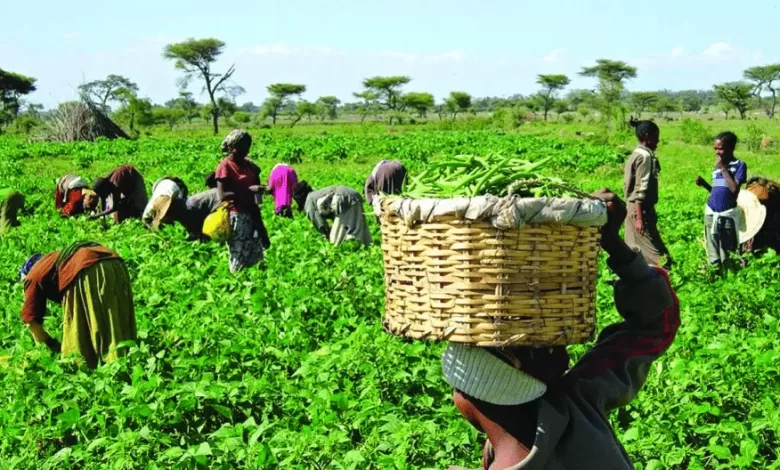Farmers Accuse Government of Botching Planting for Food and Jobs

- PFAG has leveled serious accusations against the government
- The association is demanding transparency
- The PFAG’s criticisms highlight the challenges of farmers
The Peasant Farmers Association of Ghana (PFAG) has leveled serious accusations against the government’s implementation of the second phase of the Planting for Food and Jobs (PFJ) program.
The farmers’ group claims the program is riddled with inconsistencies that are hindering agricultural production.
According to the PFAG, the government’s involvement in input distribution through the Ministry of Food and Agriculture (MoFA) is a major setback.
The association argues that the private sector should be at the helm of input distribution to ensure timely and efficient delivery to farmers.
Another critical issue raised by the PFAG is the opaque selection process for beneficiary farmers. The association is demanding transparency in the criteria used to determine who receives inputs, alleging that the current system is prone to favoritism and hoarding.
To address the challenges facing the sector, the PFAG recommends that the government channel funds allocated for inputs into strengthening institutions like the National Food Buffer Company and the Ghana Commodity Exchange.
These entities, the association believes, can better guarantee market access and stable prices for farmers.
The PFAG has also expressed concern over the slow pace of farmer registration for the PFJ program, with only 20 percent of farmers registered as of June 2024.
This delay, coupled with a lack of information about input distribution, is creating uncertainty among farmers as the planting season approaches.
The farmers’ group has described the second phase of the PFJ program as “uninspiring” and called for increased investment in the agriculture sector, including expansion of irrigation projects and improvement of rural road networks.
The PFAG’s criticisms highlight the challenges faced by Ghana’s farming community and raise questions about the effectiveness of the government’s flagship agriculture program.






